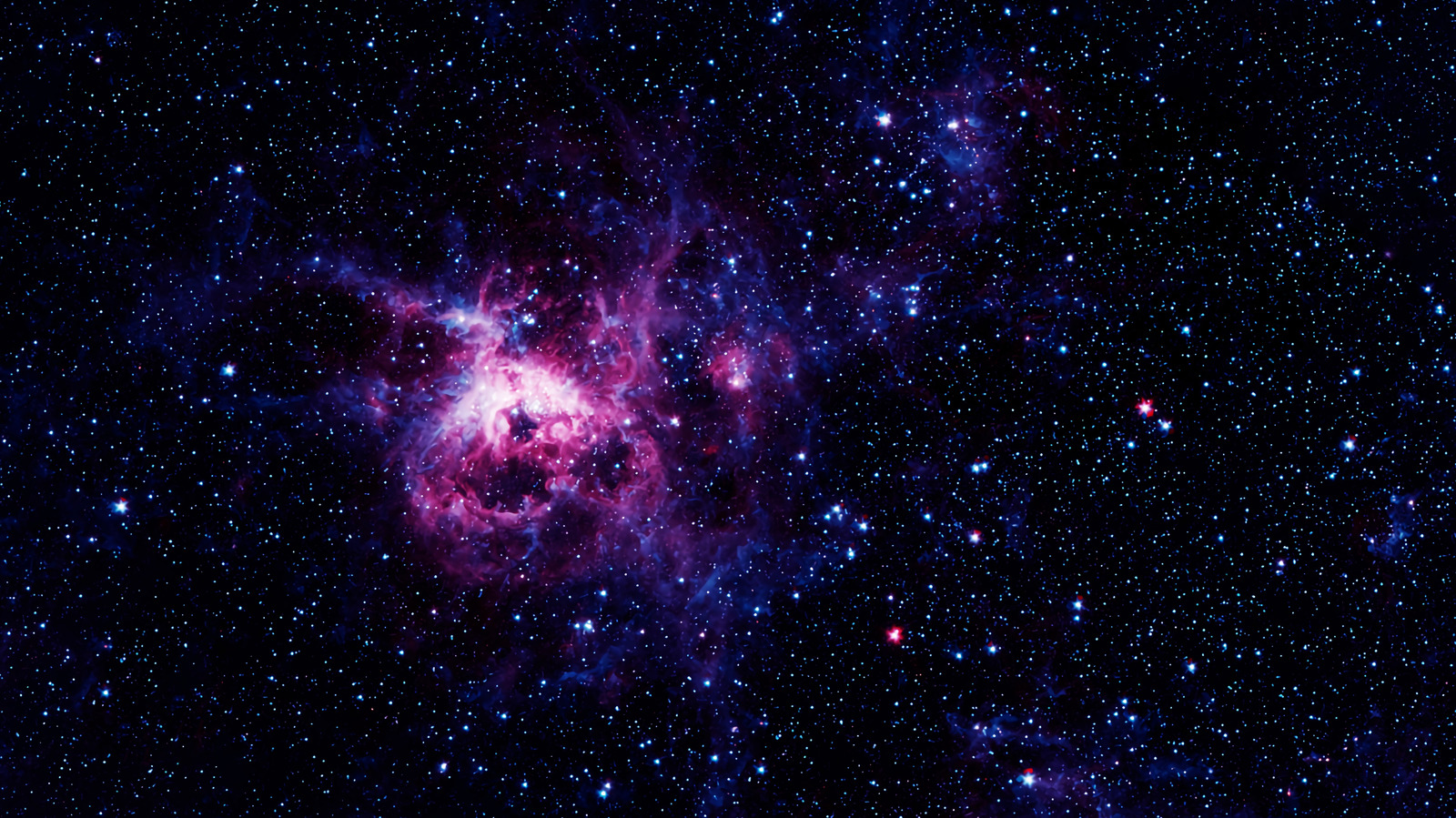Recent studies suggest that the elusive solution to the dark matter problem may lie in a hidden, fifth dimension of the universe. Researchers are increasingly focusing on this possibility rather than adhering to traditional theories that posit dark matter as a particle. According to a March 2024 article in Wired, scientists working within the framework of string theory have proposed a concept known as the “dark dimension scenario.”
The theory suggests that in addition to the four dimensions of spacetime—three spatial dimensions and time—there may be a compact fifth dimension. This dimension could potentially account for the gravitational effects attributed to dark matter, including the observed discrepancies in how gravity operates compared to other fundamental forces. Researchers speculate that this hidden dimension might contain heavy particles, such as gravitons, which could mimic the effects of dark matter.
Exploring ordinary particles from a five-dimensional perspective may yield new heavy particles that serve as a bridge between conventional matter and this hidden “dark” matter. This perspective challenges the long-held belief that the universe’s missing mass is simply unobservable; rather, it could be concealed in dimensions beyond our perceptible reality.
Dark matter is identified as an invisible component of the universe that cannot be observed directly. Its existence is inferred from its gravitational effects on visible matter, such as stars and galaxies. For analogy, one can liken the stars in a galaxy to racecars navigating a NASCAR track. Without an unseen force—akin to the invisible mass of dark matter—these stars would lose their orbital cohesion and drift away.
To illustrate this concept further, consider the Tesseract from the Marvel universe. Serving as a multidimensional portal, it enables characters to traverse different realms instantaneously. Scientists propose that the hidden fifth dimension operates similarly, allowing dark matter to exist in a realm not accessible through our conventional three-dimensional understanding.
Current hypotheses suggest that if the dark dimension scenario holds true, it could revolutionize our understanding of the universe. The proposed framework anticipates the discovery of new heavy particles that might act as intermediaries between our known universe and these elusive hidden dimensions. Finding such particles would provide the first concrete evidence of physics beyond our existing four-dimensional framework.
Research efforts are underway, utilizing new observatories and advanced experimental tools designed to redefine current scientific understanding. These initiatives aim to detect unusual signals, including subtle gravitational effects and transient particles that behave in ways inconsistent with normal matter. For instance, gravitational lensing—an effect where dark matter’s gravity distorts light from distant galaxies—has already provided critical insights into the nature of dark matter.
The implications of confirming a fifth dimension are profound, potentially reshaping our understanding of gravity, the formation of galaxies, and the future of particle physics experiments. If scientists can establish the existence of this hidden dimension, it would not only elucidate the nature of dark matter but also expand the limits of scientific exploration itself.







































































